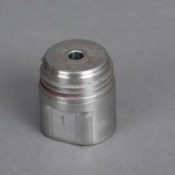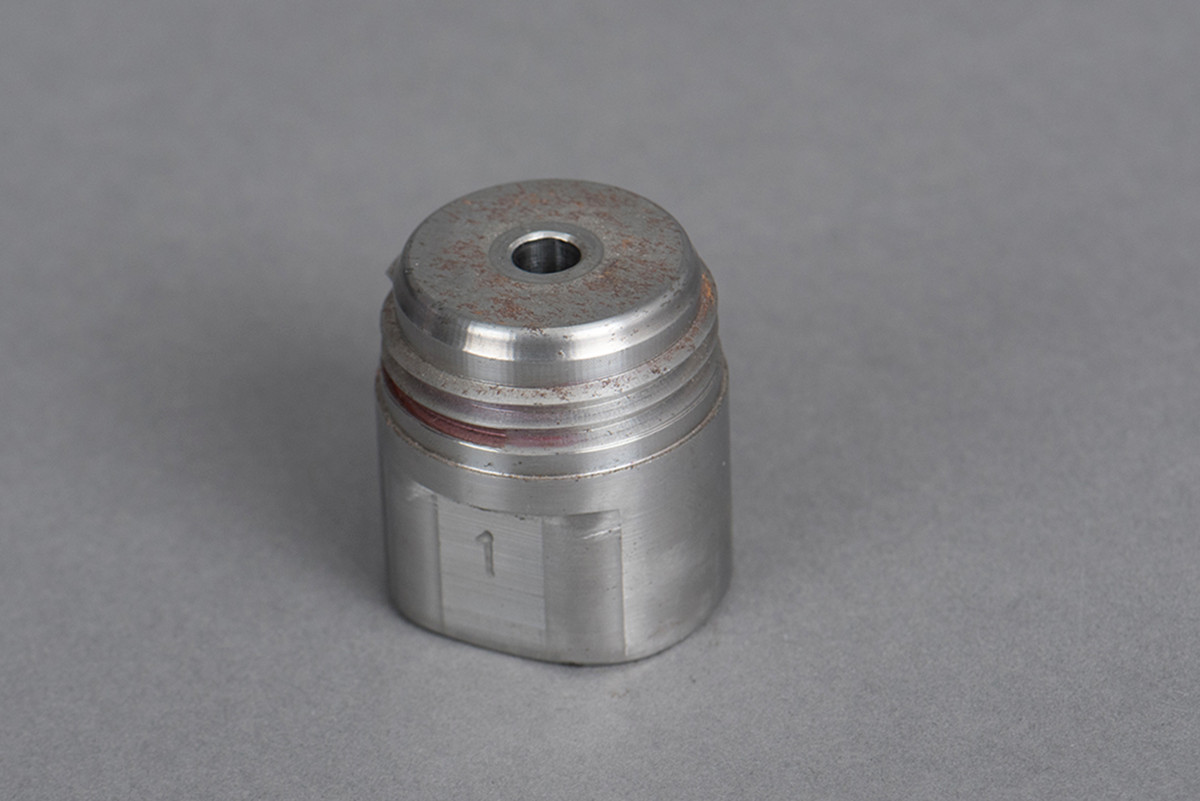 When you need to turns larger sheets of metal into smaller, more complicated metal parts, a process known as MIM (metal injection molding) can do so in high volumes. Metal injection molding is used across many different industries and has some similarities to the injection molding of plastics.
When you need to turns larger sheets of metal into smaller, more complicated metal parts, a process known as MIM (metal injection molding) can do so in high volumes. Metal injection molding is used across many different industries and has some similarities to the injection molding of plastics.
MIM utilizes machines that will be very familiar to anyone who has ever done plastic injection molding. To begin with, plastic binding materials are mixed with metal powders. As the material is put through the injection machine, it creates what is known as a “green part” — that is, a part where the metal and the plastic binders are still both part of it. After that, a special solvent is applied that interacts with certain thermal processes to remove the plastic binders. After that, high heat is applied to bind the remaining metal material together. You must be careful that the heat is high enough to perform this part of the process but not so high that the metal will melt. Generally, the metal powder used in metal injection molding is a blend that includes special additives and polymer to help push the process along.
Machines used for traditional plastic injection molding are often used in the creation of green parts. It’s the added polymers that actually allow the metal to go through the injection molding process by acting as a binding agent. A highly specific thermal profile is then used to cleanse the green parts of those binders. And finally, high temperature is applied in a process called sintering, which results in the metal part contracting to its final size and form. There’s an endless variety of alloys and other materials that can be used throughout this process.
Part of the reason that metal injection molding is a preferred process is that the parts it produces are often very tiny and especially complex. That means that creating these metal parts through other, more traditional manufacturing methods can be prohibitively expensive. Metal injection molding can create metal parts regardless of how small or complex they get. It scales and offers flexibility in ways that are not available elsewhere.
Metal injection molding brings together two of the best methods of material forming: plastic molding and powder metallurgy. The end result is metal parts in the shapes you need that are as strong or more so than wrought steel.
8 Reasons To Consider Metal Injection Molding
1. Able to work with a huge array of different materials, including multiple materials mixed together
2. Able to form metal into extremely complicated shapes
3. Able to control how porous the final piece is and to allow for filtering and lubricating as desired
4. Can create multiple smaller parts that come together to form a larger, even more complex single part
5. Able to cut out extra processes that are needed with other ways of metal forming, including cutting the metal into shapes by way of machining
6. Can include surface finishing to a high degree of quality
7. Ability to use almost all material during the process, with as little as two to five percent waste
8. Extremely low cost compared to other mass production methods
Though metal injection molding is clearly a great choice in a lot of scenarios, there are some situations where it won’t work quite as well. If the parts being created are simple or only a small number of units are needed, MIM may be unnecessary. Likewise, purchasing the tools or molds to do metal injection molding may not be financially viable depending on the state of your business and its needs.
That said, metal injection molding has become the preferred method of creating many small, complex parts. MIM is used in the creation of many items that are a major part of modern life, from cell phones to automobiles.
Think about the hundreds of items in your house that have pieces of metal in them. Consider how each piece of those items was made, from the biggest to the tiniest. In all likelihood, metal injection molding was a major part of bringing these things to your life.


